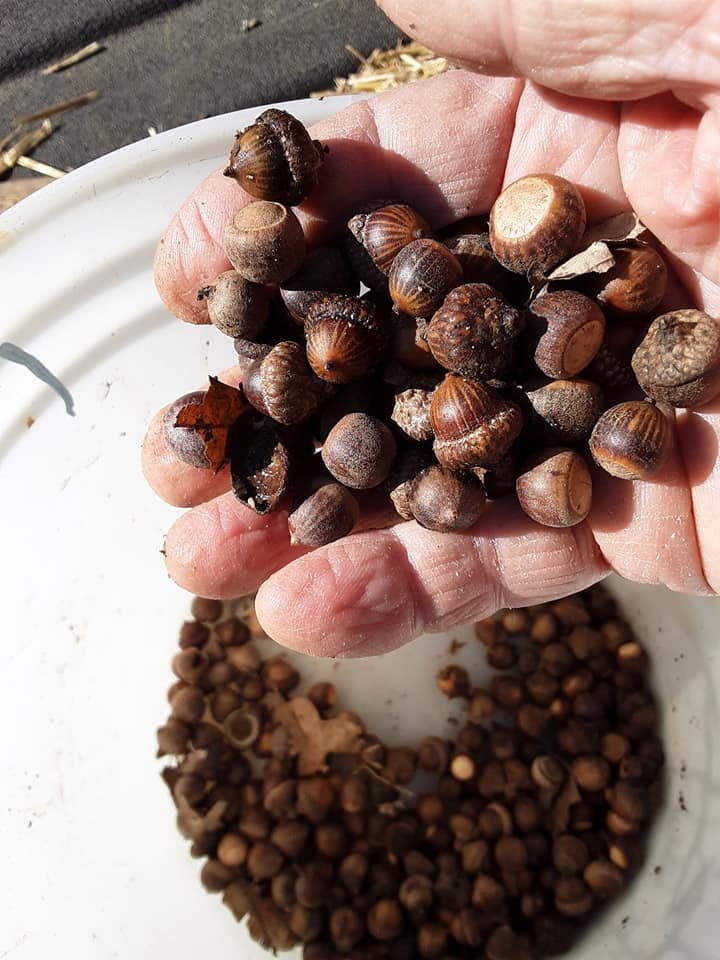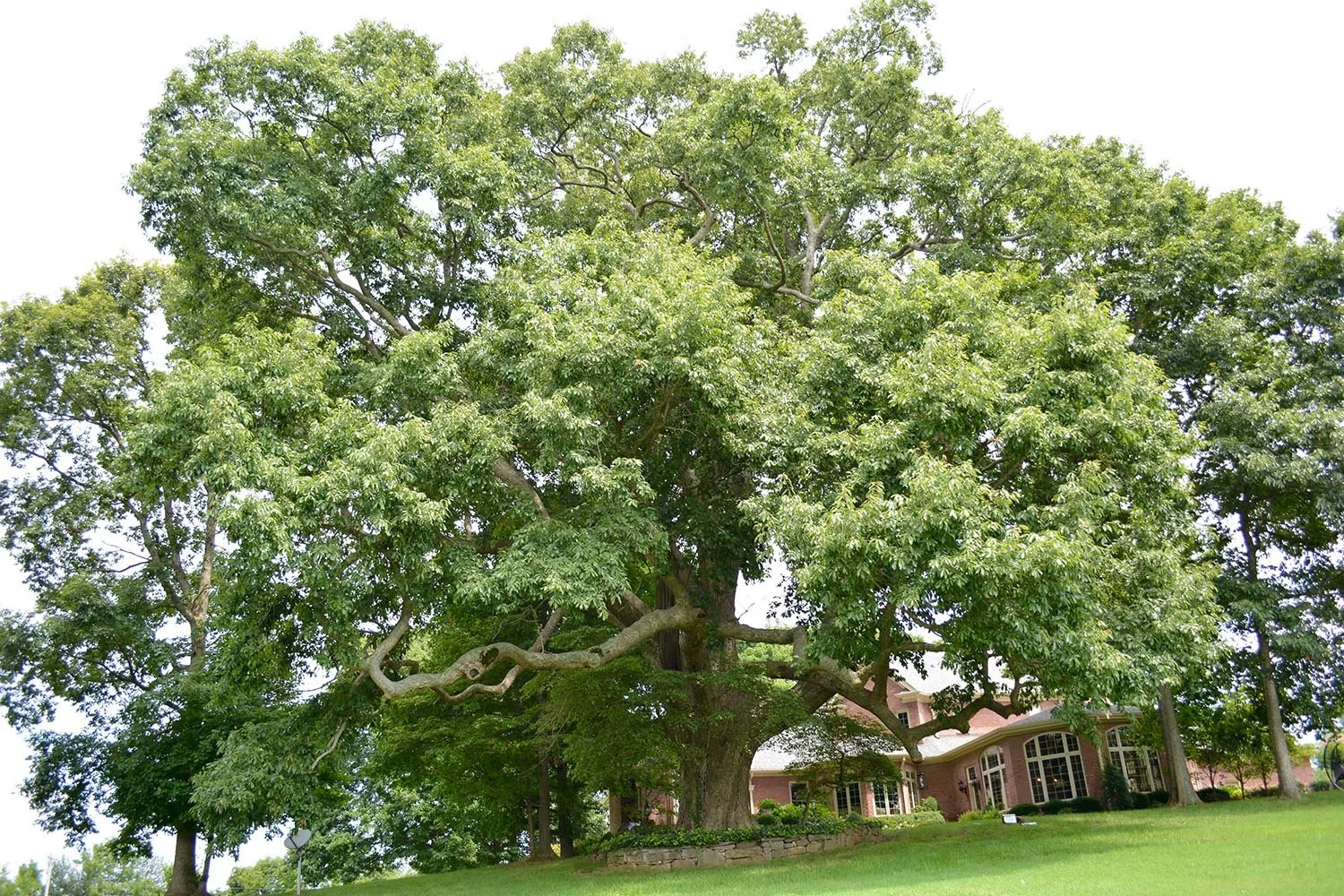In residential yards and the countryside alike, one of the most common and easily spotted trees in Tennessee is the American beech (Fagus grandifolia). The beech tree reaches across eastern North America, from the southern states to southeastern Canada. One of the main nut producers in hardwood forests, beech trees are in the same family as oaks and chestnuts, but the beech’s unique smooth bark and burr-like seed shells, along with its habit of holding on to its leaves throughout the winter, make this tree easily distinguishable.
Digging a hole to plant a tree doesn’t seem very complicated, but it also isn’t as easy as you might think. The size and shape of a hole in the ground can affect how well a tree can extend its roots and establish itself, and if the planting is done wrong, the tree might not survive. To be sure that your sapling’s new home in the ground is prepared correctly, we’ll go over how to dig a hole for a tree that will result in the best long-term health and growth.
In the commotion of spring planting, it might seem like you can plant anything and it will burst into growth, but the best time to plant trees is in the fall! That’s because tree roots are most active in the colder months of the year, which gives them time to settle into place and get ready to bud and bloom in the spring. Here, we’ll go over some light biology to explain why tree planting stands apart as a cool-season activity, as well as how to plant a tree for long-term success.
An essential aspect of how to plant a tree for long-term success is choosing the right location. Whether planting a seed or a sapling, choosing the location in your yard for a new tree is a strategic decision, and it will be based on a few criteria.
When we think of planting a tree, we often imagine a sapling that’s already several feet tall with a root system ready to be set into the ground. However, even the biggest trees begin as a seed, and in some situations, planting a seed might be the preferable way to establish a new tree.
Learn how the American elm tree, once more widespread than today, has recovered in hardiness and is making a comeback after being decimated by disease.
Learn what steps you can take to help your tree go dormant this fall, make it through the winter, and wake up happy and healthy in spring.
There are many varieties of oak trees, resulting in an array of options when you’re choosing one or more to plant. Learn why an oak isn’t just an oak!
In certain tree species, male specimens may take on female characteristics under stressful conditions.











We love the trees that line our neighborhood streets and stand tall in our yards, but when one of them falls over, it may have to be dealt with differently depending on where it lands. Part of your tree management strategy should include keeping an eye on the condition of trees in your yard, as well as those in your neighbors’ yards that are tall enough to reach your property, in anticipation that the winds of fate may blow in your direction. In this article, we’ll discuss how to minimize and deal with the damage, disruption, and potential conflict that may arise from a fallen tree in a neighborhood setting.